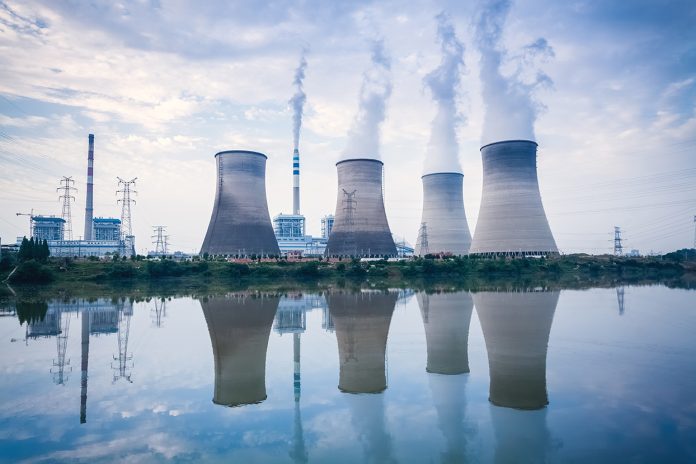
Energy Density Trumps Climate Policy
Fossil fuels are winning in consumer-driven, taxpayer-friendly energy markets, clouding political attempts to control greenhouse gas emissions associated with natural gas, coal and oil. Despite governmental policies to shift grid electricity to wind and solar, and to jump-start electric vehicle markets, it is still a fossil fuel world, with much more growth anticipated.
Globally, the market share of fossil fuels is 85%. Total usage of natural gas, coal and oil since 1988 (the year global warming first became a major issue) has increased by more than two-thirds, with CO2 emissions rising 63%.
Looking ahead, the U.S. Energy Information Administration forecasts that global energy demand will grow by nearly half by 2050, led by industrializing India and China. Most of this increase is expected to be met by fossil fuels, resulting in carbon dioxide (CO2) emissions increasing 0.6% annually. The U.S. is at the center with oil and gas, while the developing world is driving increased global coal consumption (China, India and Africa in particular).
New supplies and long-lived infrastructure investment are daily news. From record oil and natural gas production to new pipeline build-out to surging exports of oil and liquefied natural gas to a domestic and international petrochemicals boom, the U.S. is leading the way. Supply creates its own demand, explaining why forecasts of peak demand are going the way of peak supply.
Why fossil fuels? Why the political failure of federal cap-and-trade in 2010 in the U.S., as well as state-level carbon tax proposals? Why the failing international attempts to effectively regulate the same, from the Kyoto Protocol of 1997 to the Paris Climate Accord of 2015?
Finally, why do politically favored energies — biofuel, wind, solar and electric vehicles — stubbornly depend on government mandates and disproportionate tax favors? The U.S. Production Tax Credit for wind, for example, just received its 12th extension since the original law was enacted in 1992.
The short answer is relative energy density. Oil, natural gas and coal are the sun’s work over the ages. Physical stock, with built-in storage, compares to the very dilute, intermittent flow of photons and wind. Superabundant, each fossil fuel is scalable, unlike wind and solar that require much more infrastructure, including surface area, to turn its free energy input into usable electricity.
Density explains why renewables are the energy past and stock energies the present. Renewables (primarily biomass and falling water) were humankind’s lot for most of recorded history. Beginning in the 18th century, coal emerged to fuel the industrial revolution. Oil joined in the 19th century, and natural gas came of age in the 20th. Statistically, the market share of energy has gone from virtually 100% renewable to predominantly fossil fuels today.
“The great dramatic shift to mineral energy is the very basis of technological progress,” University of Texas economist Erich Zimmermann stated 70 years ago. “One could almost concentrate the whole history of economic development into this simple transition: man power to animal power to machine power.”
The economics of energy density drive climate policy, not the other way around. Voters are sensitive to increases in gasoline and diesel prices, the most transparent, advertised commodities in the world. Electricity is a household staple that must be available and affordable every second of every day.
Democrats, not only Republicans, in fact, have turned fossil-fuel friendly when public opinion and campaigns were on the line. “I have made it clear in this campaign that I am not calling for any tax increase on gasoline, on oil, on natural gas, or anything else,” stated Al Gore on the Presidential campaign trail in 2000.
President Obama, facing public unrest over rising oil prices in 2012, went to oil-mecca Cushing, Oklahoma to announce that “we are drilling all over the place,” and “my administration has approved dozens of new oil and gas pipelines over the last three years.” Obama three years later signed a law to legalize oil exports for the first time in 40 years — a driver of today’s U.S. hydrocarbon boom.
Expect this year’s election to taper down talk of a Green New Deal. It’s energy economics driving politics, not the other way around. Mineral energies, in this regard, have a long future, not only a storied past.
About the author: Robert L. Bradley Jr. is founder and CEO of the Institute for Energy Research and author of eight books on energy history and public policy.
Energy Density Trumps Climate Policy














